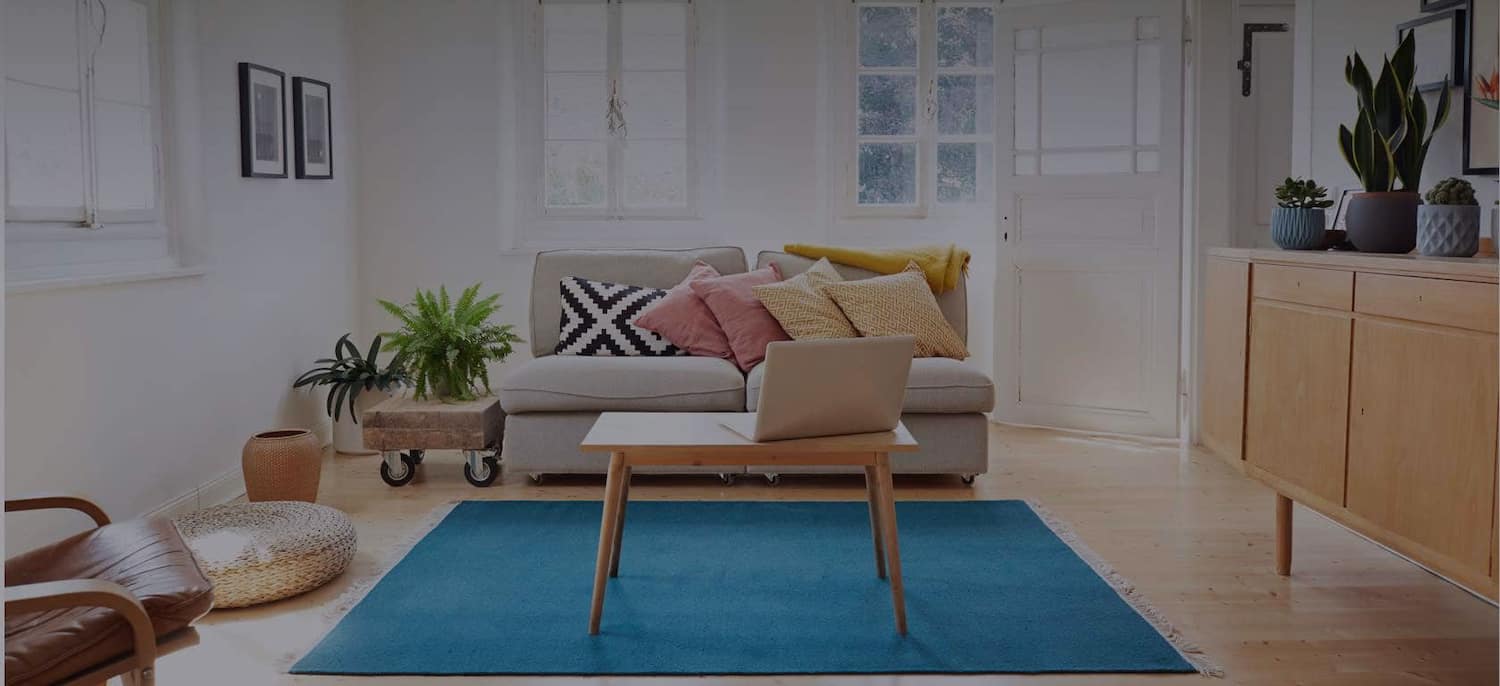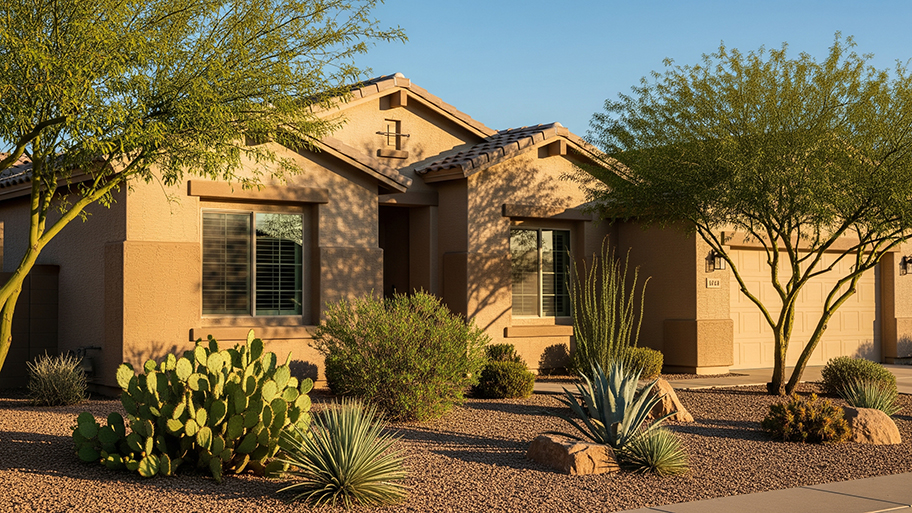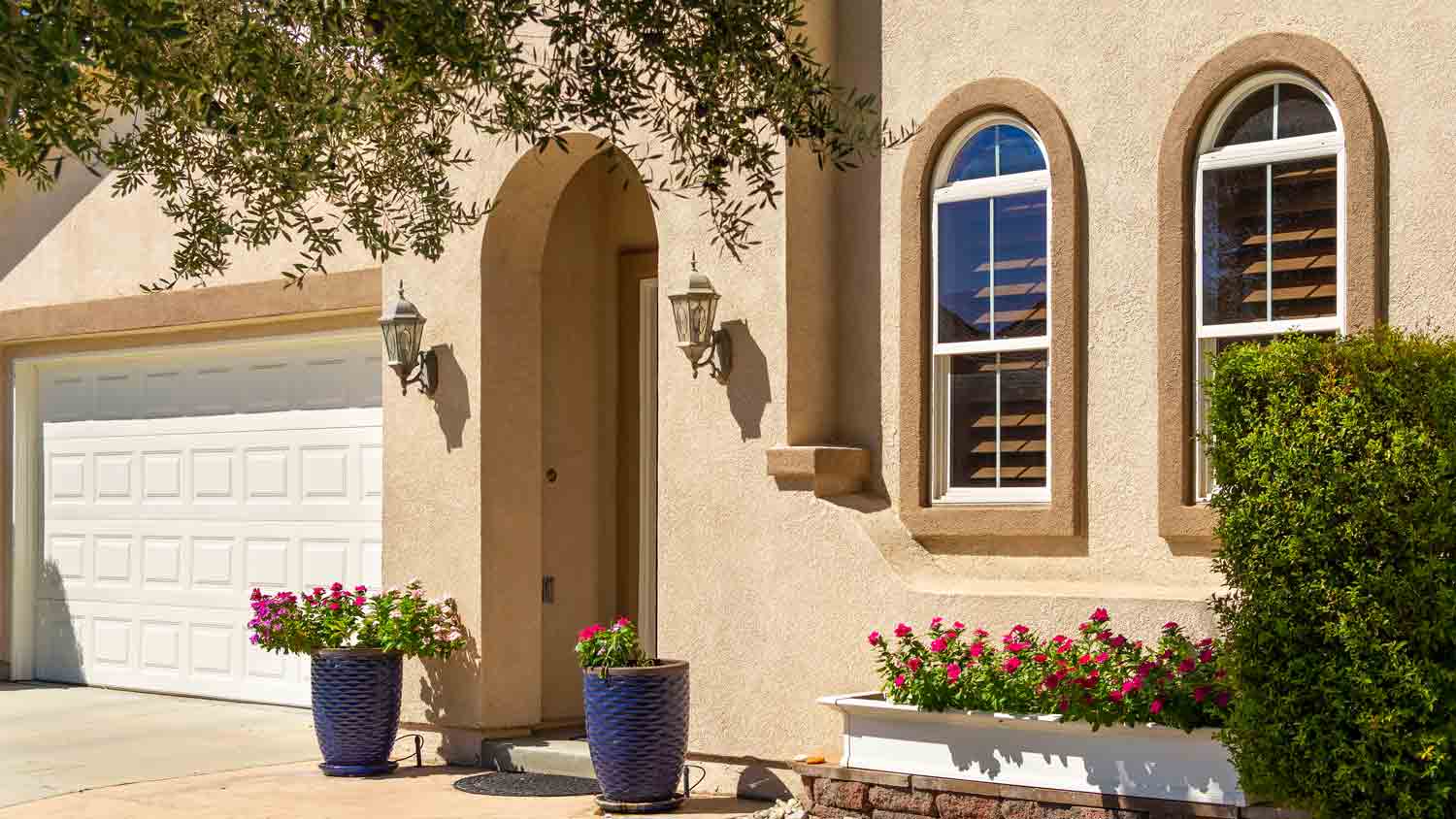
Get transparent stucco inspection cost info. Learn what impacts price, how to save, and what to expect before hiring a pro for your stucco inspection.

 4.8
4.8  13
13 *The Angi rating for Stucco Service companies in Dallas, TX is a rating based on verified reviews from our community of homeowners who have used these pros to meet their Stucco Service needs.
*The HomeAdvisor rating for Stucco Service companies in Dallas, TX is a rating based on verified reviews from our community of homeowners who have used these pros to meet their Stucco Service needs.
Last update on October 10, 2025
From average costs to expert advice, get all the answers you need to get your job done.

Get transparent stucco inspection cost info. Learn what impacts price, how to save, and what to expect before hiring a pro for your stucco inspection.

The cost to stucco a house depends on the size of the home, the materials used, the texture, and other factors. Learn more about the costs of this project.

When damage occurs, don’t let stucco repair costs catch you off guard. Our cost guide lays out average prices for materials, labor, and more.

Love the traditional look of stucco but want to DIY your siding? We’ve got you covered. Learn how to stucco a house for a clean finish and maximum curb appeal.

If you're wondering who to hire to install or repair stucco, this guide to the best questions to ask a stucco contractor will help you find the right pro.

Installing new stucco gives your home a facelift and boosts home value. But can you stucco over stucco? You can, but there are some things to consider.